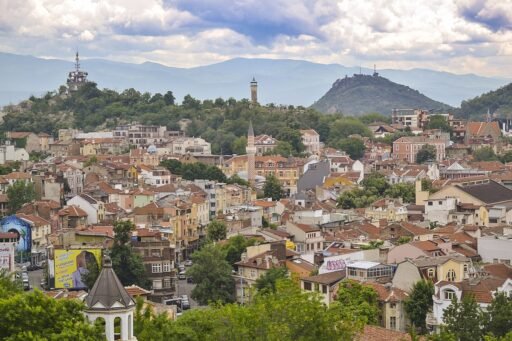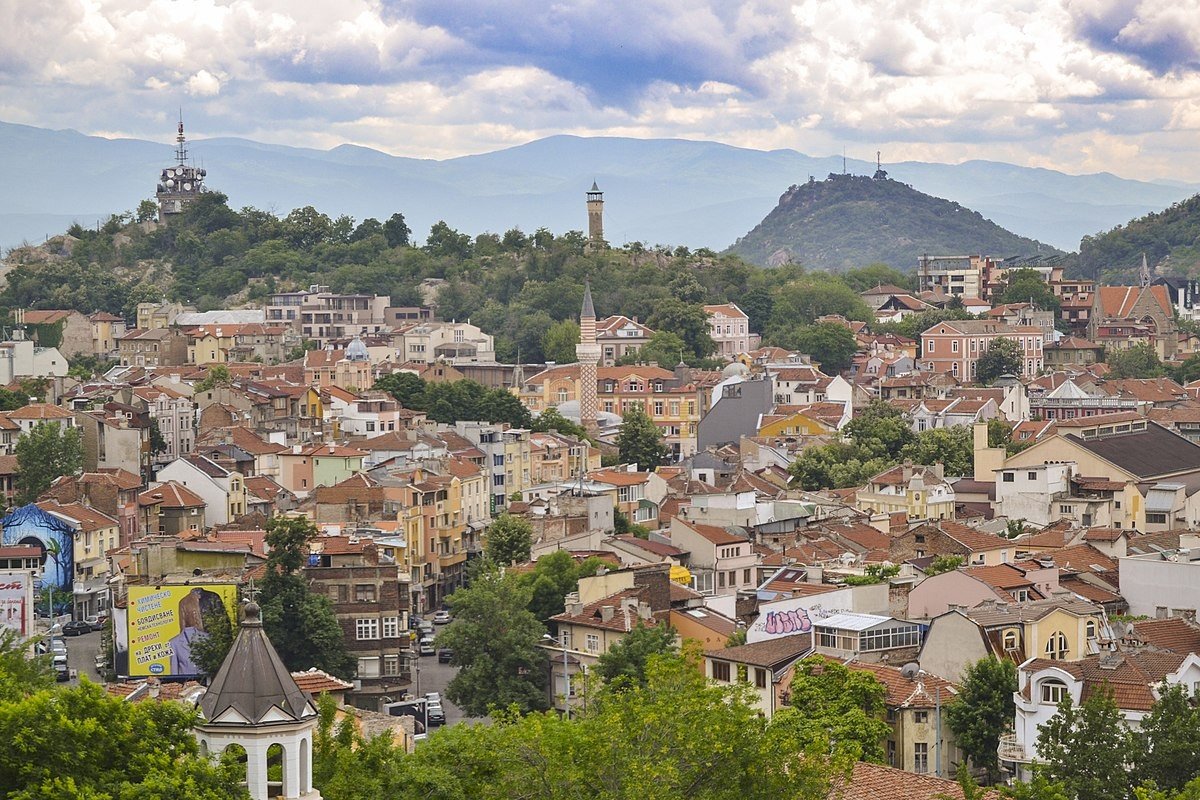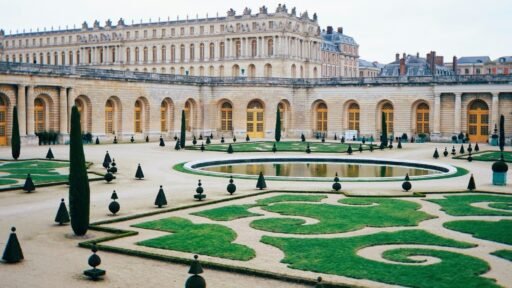From ancient trade hubs to cradles of civilization, the world’s oldest cities are living museums, weaving tales of human triumph and resilience. These urban treasures, shaped by millennia of culture, conflict, and innovation, offer travelers a glimpse into our shared past. Join Nexus Mag as we explore the top 10 oldest cities, each a testament to history’s enduring legacy.
1. Damascus, Syria – 11,000 Years Old
Damascus, often called the world’s oldest continuously inhabited city, has witnessed the rise and fall of empires. Settled around 11,000–12,000 years ago along the Barada River, it became a cultural beacon of the Arab world, named the 2008 Arab Capital of Culture. Highlights include the Umayyad Mosque, Kiswah Gate, and sacred sites like the shrines of Sayyida Ruqayya and Zainab.
Note: Ongoing conflicts may make travel to Damascus challenging; check safety advisories before planning.
2. Aleppo, Syria – 8,000 Years Old
Aleppo, a UNESCO World Heritage Site since 1986, thrived as a trade hub between Mesopotamia and the Mediterranean. With roots dating back to 11,000 BCE, it boasts landmarks like the Citadel of Aleppo and Umayyad Mosque. Devastated by Syria’s civil war, its restoration is a global priority, akin to rebuilding Bam’s citadel.
Note: Travel warnings persist due to recent conflicts.
3. Byblos, Lebanon – 7,000 Years Old
Byblos, a UNESCO World Heritage Site 42 km north of Beirut, was settled between 8,800 and 7,000 BCE. A Phoenician port, it pioneered papyrus trade with Greece and is an archaeological marvel with layers of ruins. Its ancient charm and coastal setting make it a must-visit.
4. Argos, Greece – 7,000 Years Old
Argos, one of Europe’s oldest cities, remained neutral during the Greco-Persian Wars, preserving its 7,000-year legacy. Known for olive groves, world-famous melons, and ancient sculptors, it offers a temperate climate and relics from Roman, Byzantine, and Ottoman eras.
5. Athens, Greece – 7,000 Years Old
Athens, the cradle of Western civilization, birthed philosophy, democracy, and the Olympics. Settled 9,000 years ago, its iconic sites—Acropolis, Temple of Athena, and Dionysus Theater—are UNESCO-listed. Despite modern challenges like pollution, its historical allure remains unmatched.
6. Sidon, Lebanon – 6,000 Years Old
Sidon, a Phoenician port, flourished 6,000 years ago, renowned for glassmaking and shipbuilding. Under Persian, Roman, and Byzantine rule, it endured earthquakes and invasions. The Aishmoun Temple and purple dye invention highlight its cultural impact.
7. Plovdiv, Bulgaria – 6,000 Years Old
Plovdiv, dubbed “ancient and eternal,” is Europe’s oldest continuously inhabited city, settled around 4,000 BCE. A hub for Persian, Thracian, and Roman cultures, it was Europe’s Cultural Capital in 2019. Its Roman ruins, vibrant arts scene, and 300+ historical sites draw global visitors.
8. Susa, Iran – 3,300 Years Old
Susa, a Proto-Elamite city near the Tigris River, was a cornerstone of ancient Near Eastern civilization. Rebuilt after Assyrian destruction, it shone under Persian rule. Its archaeological significance makes it a vital link to Iran’s ancient past.
9. Erbil, Iraqi Kurdistan – 6,000 Years Old
Erbil, home to the 4,000-year-old Citadel of Erbil (a UNESCO site), has been shaped by Persian, Greek, Roman, and Ottoman influences. Its blend of ancient ruins and modern centers makes it a cultural hotspot in Kurdistan.
10. Varanasi, India – 5,000 Years Old
Varanasi, the spiritual heart of Hinduism, dates to the 11th century BCE. Located on the Ganges, it attracts pilgrims to its 2,000 temples, including the Golden Temple of Shiva. Rituals like Ganges bathing define its sacred, timeless appeal.
Why Visit These Ancient Cities?
These cities offer more than history—they showcase vibrant cultures, cuisines, and traditions. While some face modern challenges, their stories inspire and connect us to humanity’s roots. Plan your next adventure with our Travel hub at Nexus Mag for more historic destinations.






